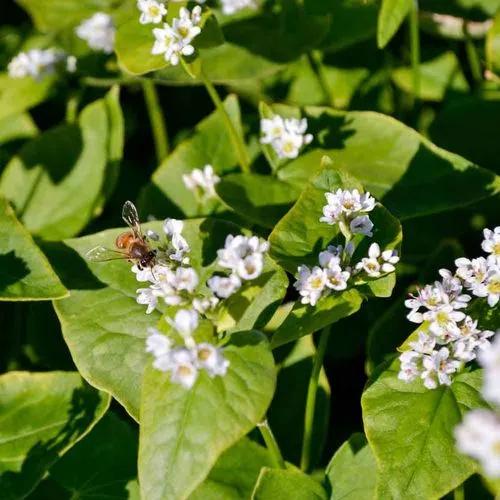Silene conica is a species of flowering plant in the family Caryophyllaceae known by the common names striped corn catchfly and sand catchfly. It grows in dunes and sandy soils and is widespread in Europe and western Asia. It has an annual life history and produces self-compatible hermaphroditic flowers and occasional male-sterile flowers (i.e., gynomonoecy).
Striped Corn Catchfly, Sand Catchfly Care
Silene conica



Like other members of Silene section Conoimorpha, S. conica is readily recognizable based on its bright pink petals and the prominent, parallel veins on its calyx. In contrast to most flowering plants, S. conica appears to have a very rapid rate of mitochondrial mutation, and has the largest mitochondrial genome ever identified. An annual of open habitats on free-draining sandy soils. In coastal regions, it is found on stabilised dunes and sandy shingle, in open pastures and on waste ground; inland it also occurs at the edges of tracks across heathland, in abandoned arable fields and on commons. It flowers freely, but good seed production occurs only in hot summers.
This plant might be poisonous
How to get rid of: Only glyphosate can be used around edible crops and it will severely injure or kill any plant it touches. The sprayer tip should be shielded so that the spray does not contact any desirable plants, as either of these herbicides will injure many ornamental plants. There are no preemergent (before the plant emerges from the soil) chemical controls available for home use that are effective for controlling common groundsel.
How to Care for the Plant

Popularity

16 people already have this plant 7 people have added this plant to their wishlists
Discover more plants with the list below
Popular articles






